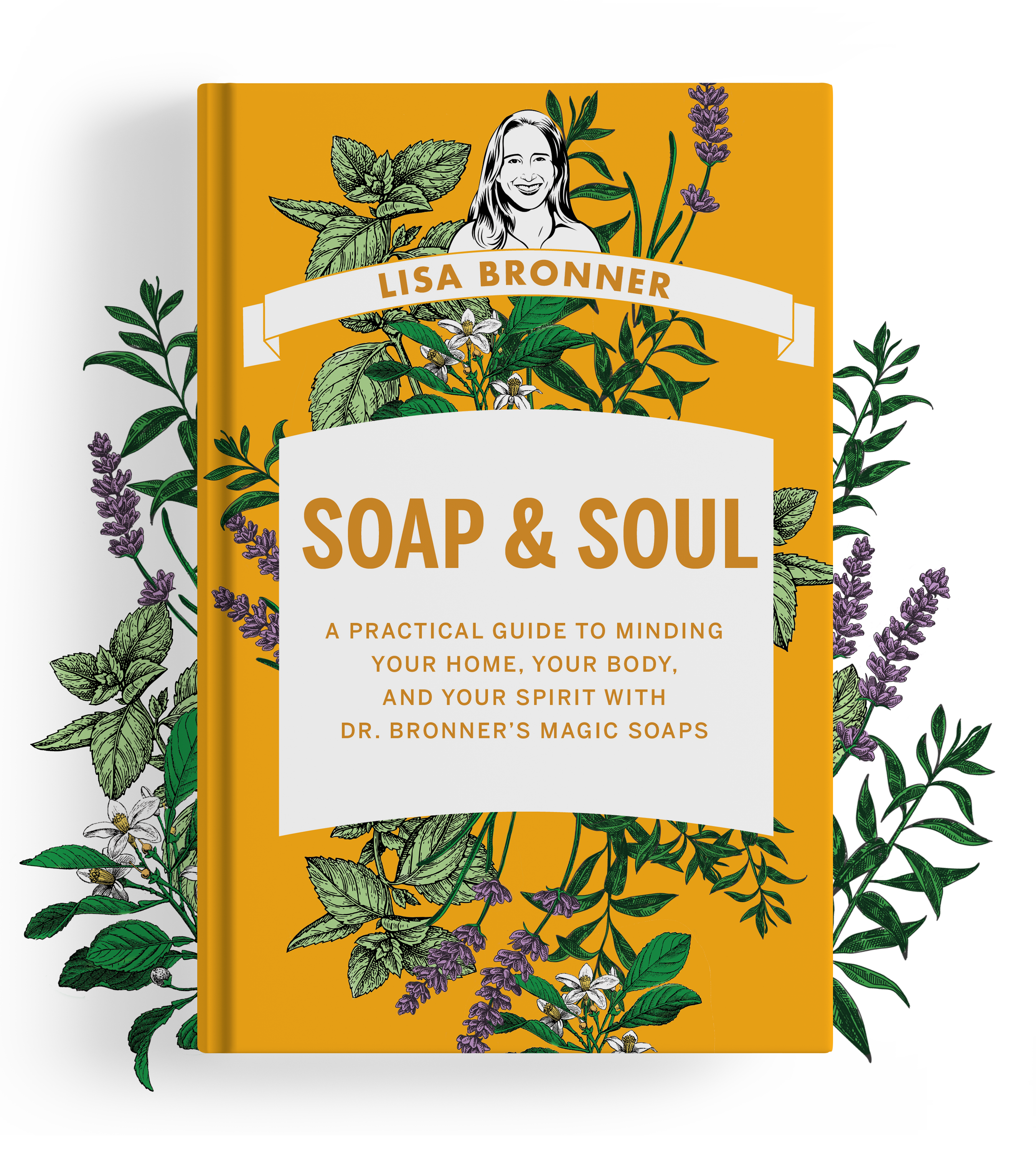
I’m a little behind here in sharing some of what I’ve written around the web. I very much enjoyed the opportunity to post again on Maria’s Farm Country Kitchen, the awesome blog of Maria Rodale, CEO of the legendary Rodale Publishing and mom of four. This article so much sums up how I make food choices for my family. (Originally Published On January 27, 2015.)
Fresh food—the stuff of life that nourishes, builds, and heals and that, with its rich abundance of nutrients, should make up the bulk of a healthy diet—boasts a fundamental difference from its prepackaged and processed cousins: It is able to rot. And it’s this very ability that trumpets its healthfulness.
Throughout humankind’s sordid dietary history, advancements in preserving food brought such benefits as reducing foodborne illnesses, allowing people to live a greater distance from food sources and extending permissible time from food gathering to consumption. Cooking, drying, salting, smoking, chilling, and freezing meant people could follow pursuits beyond mere survival. None of the great achievements of our day would be possible if we could not extend the life of our food.
We Took a Wrong Turn
Somewhere along the way, however, we missed the left turn in Albuquerque. As agriculture and food production became increasingly industrialized, we hyper-focused on preserving the food and lost sight of the need for that food to be nutritious when, eventually, it was consumed. The goal became the food’s longevity rather than our own longevity. This new objective cleared the path for the use of synthetic preservatives like TBHQ (tertiary butylhydroquinone), BHT (butylated hydroxytoluene), BHA (butylated hydroxyanisole), sodium benzoate, and partially hydrogenated oils. All of these unprounceables make food “shelf stable,” able to sit in long-haul trucks and on shelves for months without spoiling—a boon to manufacturers and to grocers, but of dubious value to the rest of us as eaters.
While preservative-filled foods may seem awfully convenient and nearly unavoidable, there are compelling reasons to opt for fresh foods for you and your family.
Here are five reasons to avoid synthetic preservatives:
- They have problematic parentage. Some of the most common synthetic preservatives, such as TBHQ, BHT, and BHA, are derived from petrochemicals. Besides that being philosophically gross, our bodies have a really tough time breaking down petrochemicals. That seems a strange thing to have to say, but nonetheless, because it’s the case that our bodies can’t process them, they end up building up in our systems over time.
- They hang with a bad crowd. Synthetic preservatives are a hallmark of processed foods. Where you find them, you will also find other “shouldn’ts” like artificial sweeteners and colors, bad fats, high sodium, and high calories.
- Fights can break out. Sodium benzoate—a preservative commonly found in soft drinks, salad dressings, and other acidic foods—combined with ascorbic acid (vitamin C), which is added for color and flavor, forms benzene, a known carcinogen.
- They are all swagger and no substance. Because preservatives are found in processed foods, they portend fewer nutrients. The more refining food undergoes and the more time food is away from its source, the more nutrients it loses.
- Too much, and you’re dead. Synthetic preservatives in larger quantities would kill us. The argument that, “A little bit isn’t going to hurt you” is not a sound way to live. It isn’t even the same argument as that made for medications, which are beneficial in small doses but deadly in large quantities. Synthetic preservatives in small doses do us no good whatsoever and have even been linked to hyperactivity, hormone disruption, and cancer, and in large doses, they can outright kill.
These preservatives are the norm, readily found in most prepackaged food. The petroleum-sourced TBHQ, BHA, and BHT keep oils from going rancid and reduce foaming from yeast. Look for them in baked goods, cereals, dry drink powders, crackers, refrigerated pie crust, chocolate candies, beer, shortening and buttery spreads, and frozen breaded meats. Beyond stores, you’ll encounter them in fast-food fries and chicken nuggets. And even if the food doesn’t need these preservatives, the packaging might. The biodegradable soy-based inks used on nearly all boxes can also go rancid, due to trace amounts of soybean oil. Therefore, you may see the phrase “BHT added to packaging” to keep the box from spoiling and giving off a foul odor.
Partially hydrogenated oils recently got a bit of a comeuppance when regulations required that the trans fats they contain be listed in the nutrition info on labels. Trans fats raise the bad LDL cholesterol while lowering the good HDL cholesterol. Partially hydrogenated oils are made when oils, which would normally turn rancid at room temperature, undergo a process that makes them shelf stable. So like the initialized preservatives above, you find these in products that contain oil, or in other words, a whole lot of products.
It’s Up to Us
But doesn’t the Food and Drug Administration (FDA) protect us from harmful ingredients? Bear in mind that the FDA hardly makes decisions in isolation, and is very much lobbied by food manufacturers to approve additives not because they are good or healthful, but rather because they are not going to kill us. Despite the FDA’s tagline, “Protecting and Promoting Your Health” (italics theirs), approving the use of synthetic preservatives in our foods does not promote our health and only protects us from potential rot in foods that we shouldn’t be eating anyway. The key phrase that the FDA uses to approve such food additives is “generally recognized as safe,” or GRAS, which means that under most circumstances, the substance is not going to kill you—hardly a satisfying assurance.
The solution here is not merely to replace synthetic preservatives with other preservatives. Preservatives of this caliber are still the hallmark of processed foods. Even organic processed foods fall short of good nutrition. Instead, the answer is found in the fresh section, the edges of the market, with the food that can rot:
- An apple instead of applesauce
- Almonds instead of a protein bar
- Carrots instead of veggie straws
All in all, you want your food to be able to attract flies. You want your food to be able to turn to black mush. You want your food to be able to grow fuzzy mold. Within certain parameters, if your food can rot, eat it.








Thank you for the article. Good read. I love your liquid and bar soaps.
Wonderful article. Thanks for sharing this vital information with the rest of us. I’ve been missing out on eating all those toxic additives you write about since I went organic in 2013 — best thing I’ve done for myself in many years! Keep up the great work!
Hi Lisa,
This is the best article you’ve written and I’ve enjoyed quite a few of them. My husband and I slowly moved to a whole foods plant based diet and are the healthier for it. You’ve given me a new way to express what we eat when asked. We don’t eat it if it has a face or a mother, but we do eat it If it can rot. Thank you!